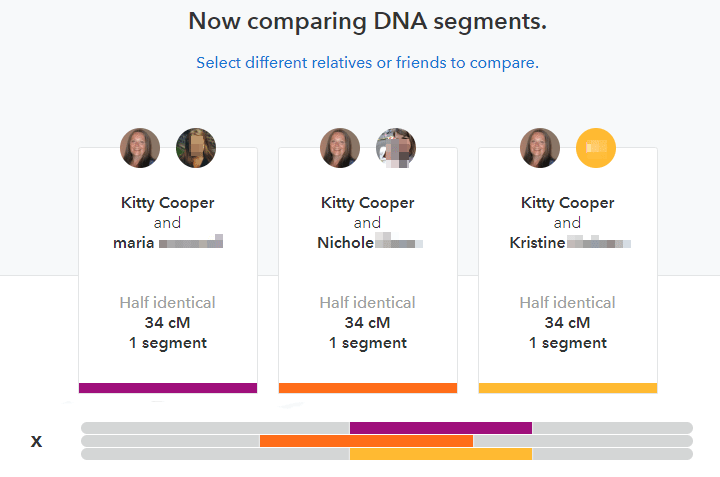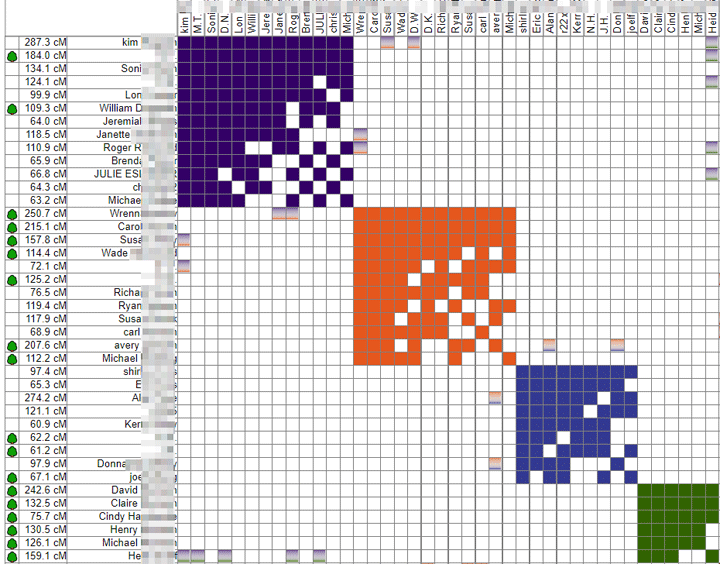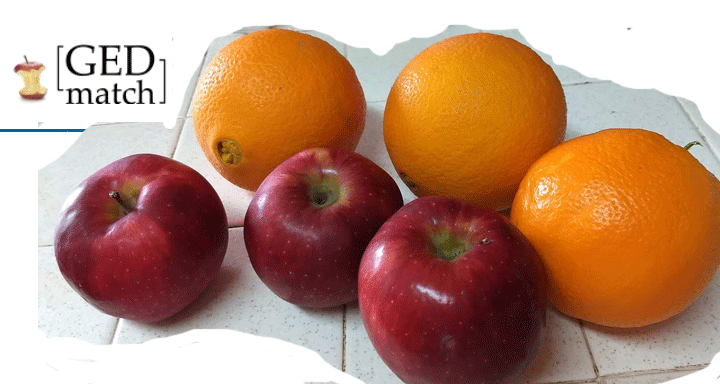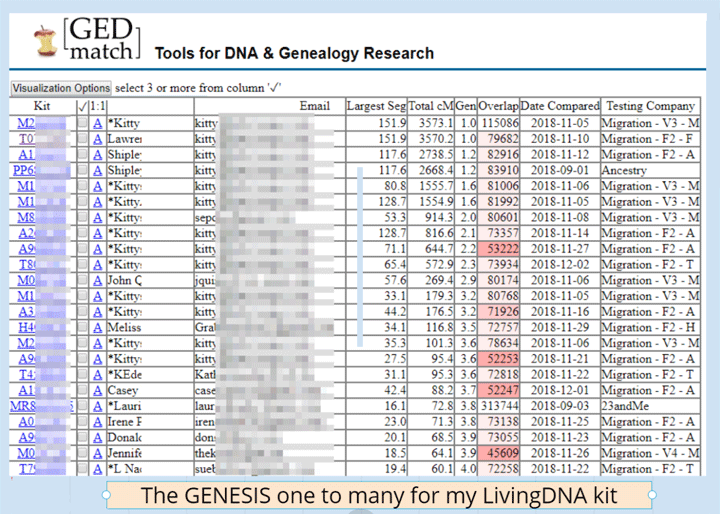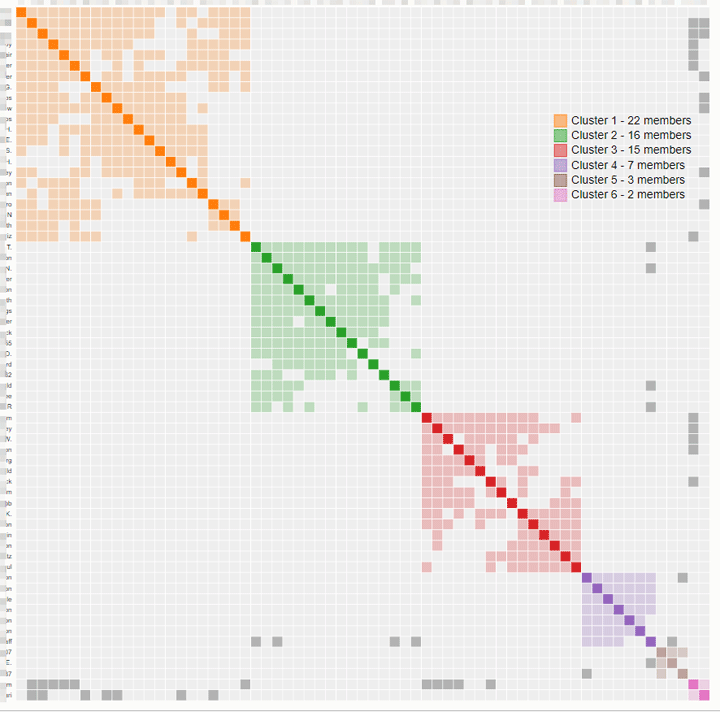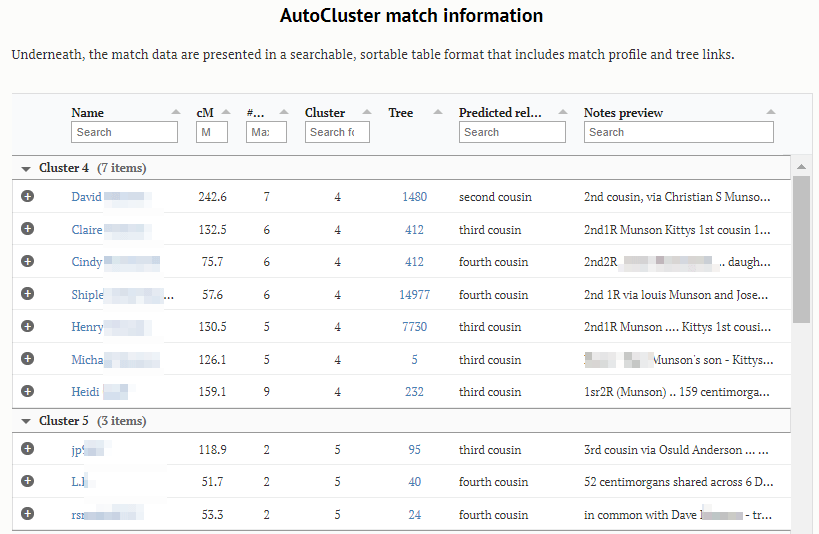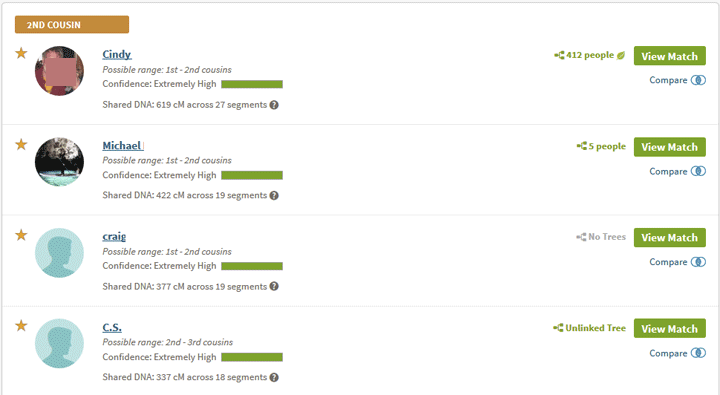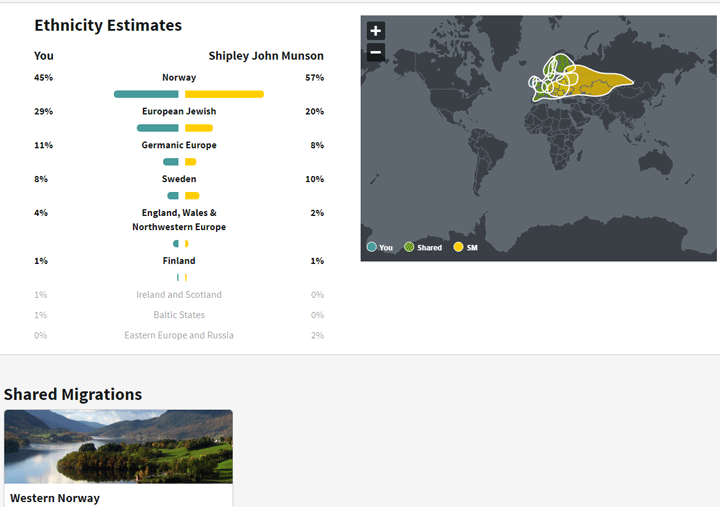There are a number of posts on this blog which can help you navigate 23andme (click here) but as always in life, things change. Now there are many new features and ways of finding information that are not covered by those articles. Plus the tests sold during the holiday sales are coming in and I have lots of new cousins.
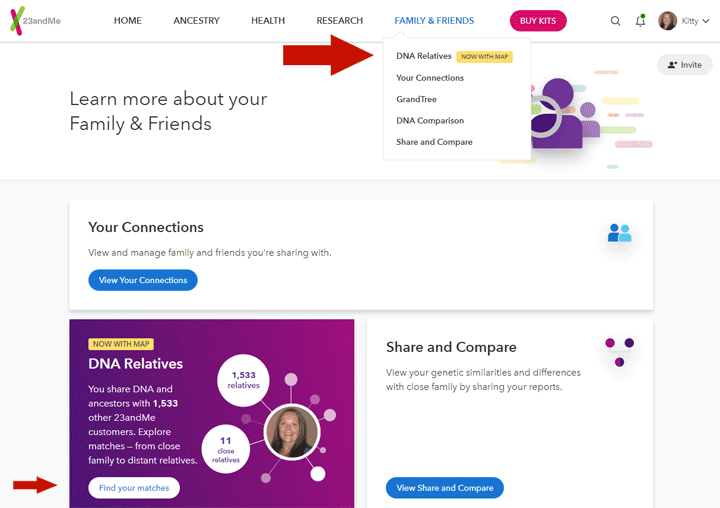
The Family & Friends page – red arrows show what to click to get to the DNA relatives list from either top menu or this page
The key to using your 23andme test for finding new cousins is to navigate to the DNA relatives page and then click on each name of interest to go to the page with information about that match. The contents of that page are well covered in my previous blog post (click here)
Most importantly, you can get to the version of the chromosome browser that shows the actual segment locations and sizes from that match page. Here is why that is important.
When a new tester matched me, my dad, and several distant cousins for 33cM on a specific location on the X, I knew she was related via the Fatland farm family from Halsnøy island, Hordaland, Norway, because I had previously identified the ancestral source of that segment from the 1700s (click here to read about that). It took me a little over an an hour using Ancestry’s possible parent clues to build her a tree and find her descent from that family. It helped that I knew what I was looking for and only one of her Norwegian lines was from the Hordaland region.
23andme does not do tree matching for you like Ancestry does, but it does provide a chromosome browser. This means that sometimes you can tell from the segment that a cousin matches you on who the likely common ancestor is. When you keep a large master spreadsheet of all your matches from all the companies, this can sometimes be quick and easy (click here to read about using spreadsheets for DNA ).
